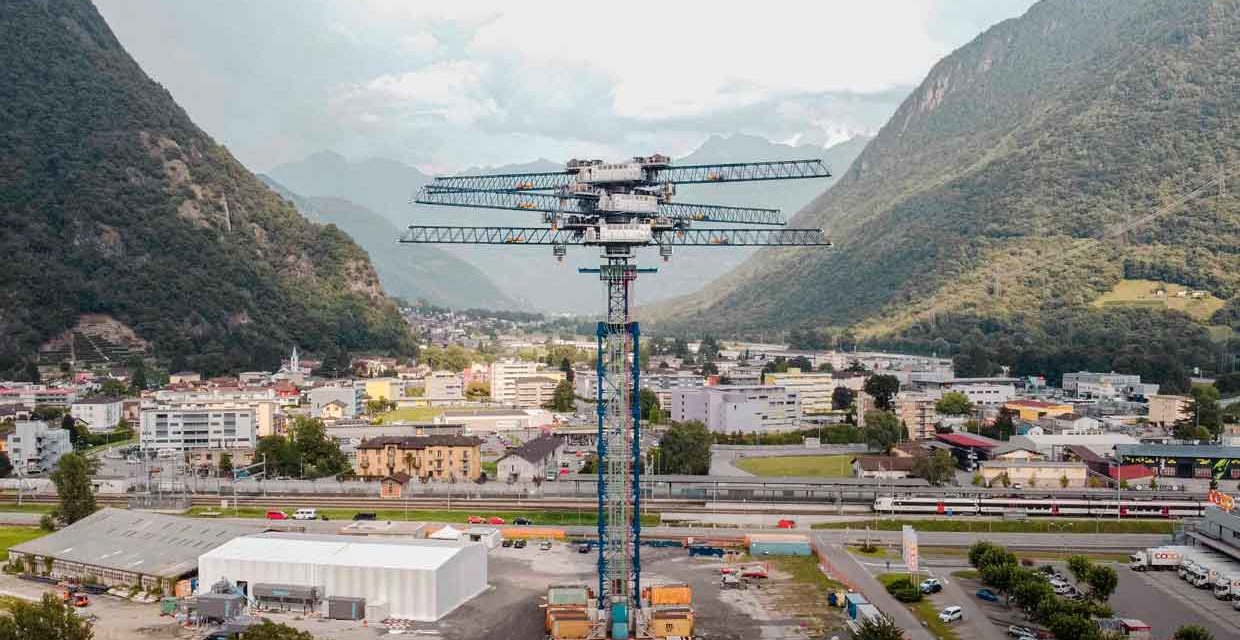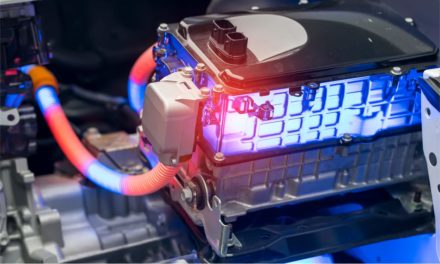The world is reeling from the continuing impact of climate change. As a result, governments and the global private sector are racing to develop practical and renewable solutions to keep businesses, homes, and institutions well-energized without depending on conventional power generation methods and fossil fuels. To this day, however, the main challenge they face is finding a practical and sustainable energy storage system to make renewable power more mainstream.
A Swiss-American company called Energy Vault may have a solution that borders on the revolutionary: using gravity itself as a fundamental element of large-scale energy storage systems.
Making renewables more predictable
According to Energy Vault founder Robert Piconi, there is a serious call to action when deploying renewable power solutions. Still, not every country or company is already equipped with a stable and sustainable energy storage system. Indeed, without proper methods for storing energy, depending on renewable energy for consistent power is virtually impossible.
Unlike fossil fuel-powered plants, which can operate 24/7, wind farms and solar panel fields tend to produce power intermittently. For example, the performance of solar panels tends to be less efficient on cloudy or stormy days, while wind farms drop their generation ability on hot windless summer days.
Likewise, while rechargeable lithium-ion batteries are helping reduce pollution as they power electric vehicles, they remain an environmental hazard when the time comes to recycle them. Piconi adds that while LiOn batteries are perfect for powering individual vehicles, building one that can power a whole community in perpetuity is impossible.
Energy Vault’s method promises to be safer and certainly more reliable. Using a gravity-reliant method devised more than a century ago, the company depends on a pumped storage hydro-powered system.
Hydropower is the way to go
A turbine pumps water from a low-ground reservoir to one on higher ground in the original technology. Then, during peak power demand, water is allowed to flow down the turbine to generate electricity.
Energy Vault has modified the system to rely on gravitational action on solid objects rather than water. Using 35-ton composite blocks lifted and down by a 70-meter tall crane, Energy Vault could store and release renewable energy from wind and solar facilities near their core-site.
During low power demand, the crane uses surplus energy to raise the bricks, stacking them at the top. When demand is higher, these bricks are lowered to release kinetic power into the grid.
The company has since modified the technology into a series of expansive resiliency centers: 20-story modular structures installed in areas with ample space close to either solar facilities or wind farms.
It’s a simple yet elegant design and a highly effective one. Nevertheless, experts are taking a wait-and-see approach to take Energy Vault seriously, particularly when operational and maintenance costs for the long term.














